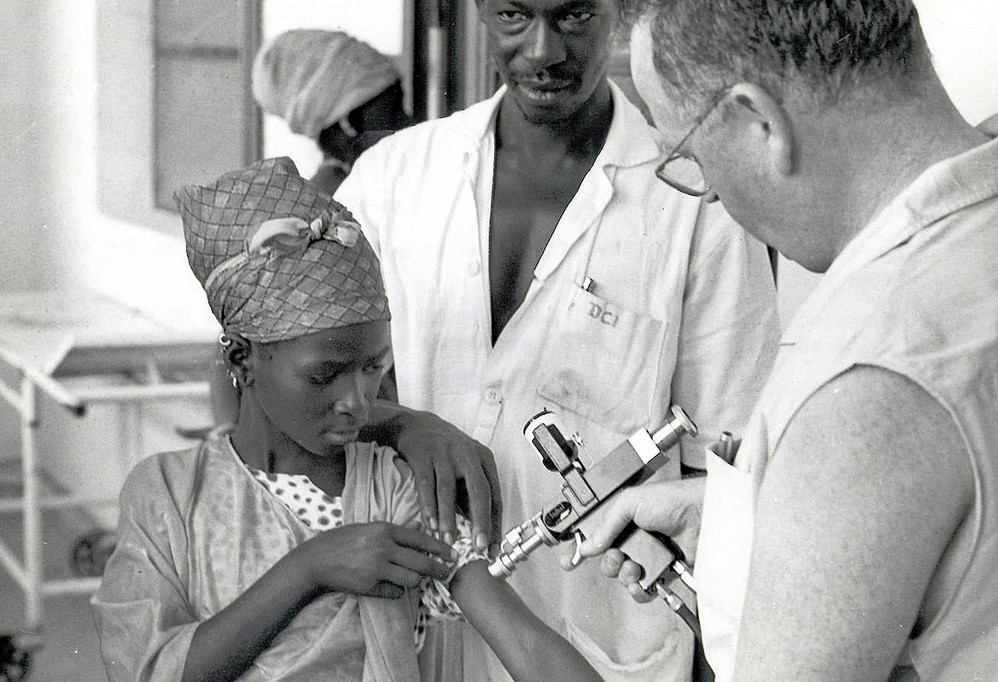
Smallpox
Smallpox is a lethal disease caused by the variola virus, that affected more than 100,000 patients in the U.S. in just the year 1921. The virus is quite easy to spread, since it only requires direct contact with an infected person or with infected body fluids or objects, like bed sheets. The main sign of the disease is the formation of small raised bumps on the face and body of the patient, usually accompanied by high fever, fatigue, and head and backaches. There have been several epidemics of the disease but the last case of smallpox was registered in the UK, in 1978. The virus, and hence the disease, was eradicated thanks to a successful vaccination program that started in 1967.
- Important notification about information and brand names used in this slideshow!
- Photo courtesy of PAHO/WHO by Flickr : www.flickr.com/photos/pahowho/9522456825/
- www.infoplease.com/cig/dangerous-diseases-epidemics/smallpox-12000-years-terror.html
- http://www.historyofvaccines.org/content/timelines/smallpox
- http://www.ncbi.nlm.nih.gov/pubmedhealth/PMH0002332/
- http://www.bt.cdc.gov/agent/smallpox/vaccination/
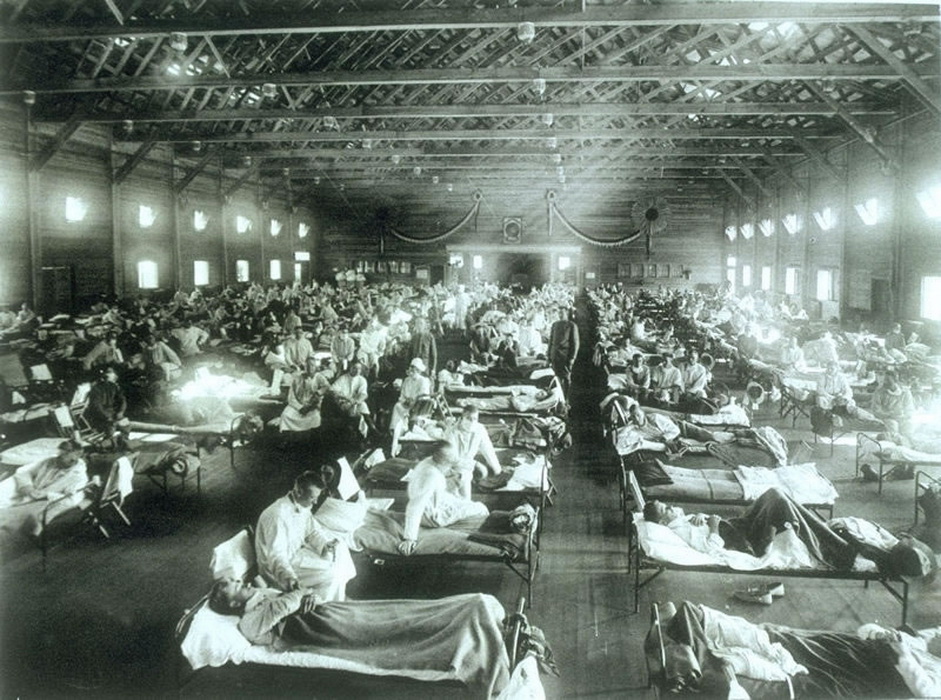
The "Spanish" Flu
Also known as the Influenza pandemic of 1918-1919, it has been one of the deadliest epidemics in history and an Influenza virus was the one to blame for it. The exact geographical origin of the disease is unknown, but it affected three world regions, including Europe, North America and Asia, in less than 6 months. The first breakthrough occurred in the spring of 1918, followed by two more, which were the ones that caused more deaths. Unlike other Influenza virus, the one that caused the “Spanish” flu infected young adults and caused approximately 50 million deaths worldwide. After this pandemic, the Influenza virus has evolved and its descendants have caused other Influenza epidemics.
- Important notification about information and brand names used in this slideshow!
- Photo courtesy of U.S. Army photographer by Wikimedia Commons : en.wikipedia.org/wiki/File:CampFunstonKS-InfluenzaHospital.jpg
- TAUBENBERGER, J. K. & MORENS, D. M. 2006. 1918 Influenza: the mother of all pandemics. Emerging infectious diseases, 12, 15-22.

The Black Death
Also known as the Great Plague, the Black Death was the second major pandemic caused by the bacteria Yersinia pestis, in the 1300’s. It originated in China and was spread to Europe by sailors that got the disease while trading in this country and also in others, including Syria, Egypt, Persia and India. The disease was completely unknown for the European population and in the next two years it killed more than 20 million people. Fleas are the transmitter agents of the disease, which get the bacteria from feeding from the blood of infected rodents, mainly rats. It is called the Black Death because the main signs of the disease are the formation of black swellings that secrete blood and pus.
- Important notification about information and brand names used in this slideshow!
- Photo courtesy of Tracy by Flickr : www.flickr.com/photos/tracyelaine/3264042469/
- www.cdc.gov/plague/history/index.html
- http://www.history.com/topics/black-death
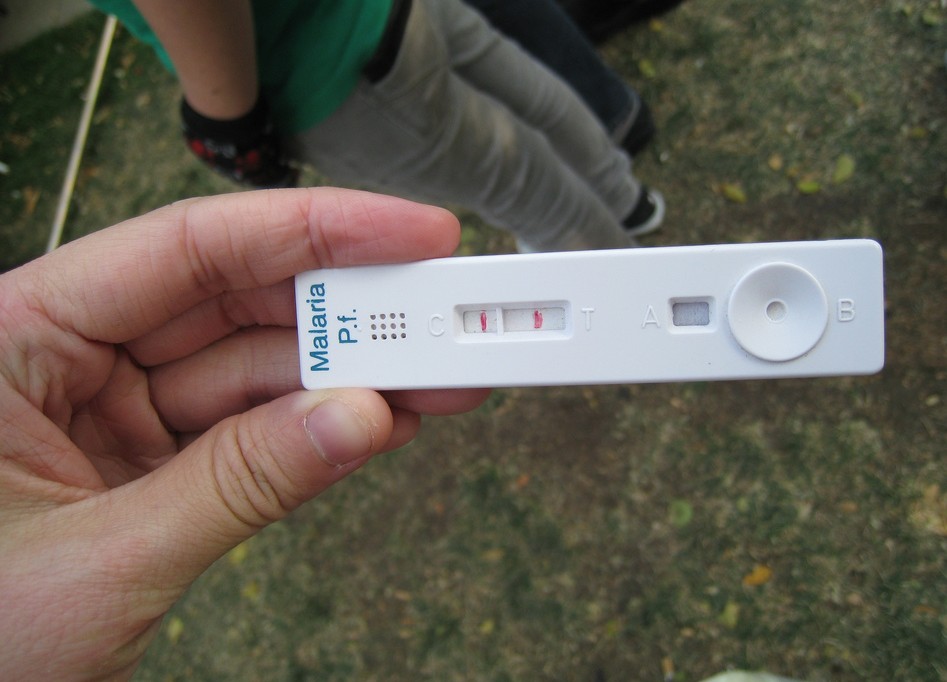
Malaria
Unlike other epidemics, malaria is still a health concern in our days. This tropical disease is caused by a parasite, which is transmitted by the Anopheles mosquito. According to the World Health Organization (WHO), malaria is present in 104 countries in the Asian, African and South American world regions. It affects mainly children and causes 660,000 deaths per year. The parasite specifically infects human blood cells, causing a series of severe flu-like symptoms. There is no vaccine against malaria, but there is a worldwide prevention campaign that is trying to reduce malaria cases. Thanks to this, 45 countries affected by this epidemic have seen their malaria cases reduced in almost 75%.
- Important notification about information and brand names used in this slideshow!
- Photo courtesy of Mack Male by Flickr : www.flickr.com/photos/mastermaq/2873643897/
- kff.org/global-health-policy/fact-sheet/the-global-malaria-epidemic-4/
- http://www.cdc.gov/malaria/about/index.html

Tuberculosis
A bacteria known as Mycobacterium tuberculosis is the causing agent of this disease. Tuberculosis (TB) is the main killer in adults worldwide, just after HIV/Aids and it has been estimated that two billion people are infected with M. tuberculosis, in the world. Why is it so dangerous? It is easily spread through droplets of saliva when patients sneeze, cough or even talk, so it is not easy to control the contagion. The bacterium affects the lungs of the patients by promoting the formation of scarring tissue, which eventually affects the lungs’ function. TB is easy to diagnose, but the problem is that it is more common in world regions with limited access to health services, including India, South Africa and Moldova. The disease is treated with antibiotics, but there is also a vaccine available fro prevention.
- Important notification about information and brand names used in this slideshow!
- Photo courtesy of Department of Foreign Affairs and Trade by Flickr : www.flickr.com/photos/dfataustralianaid/10730949016/
- www.tbepidemic.org/countries/what-tb
- http://www.tballiance.org/why/the-tb-pandemic.php
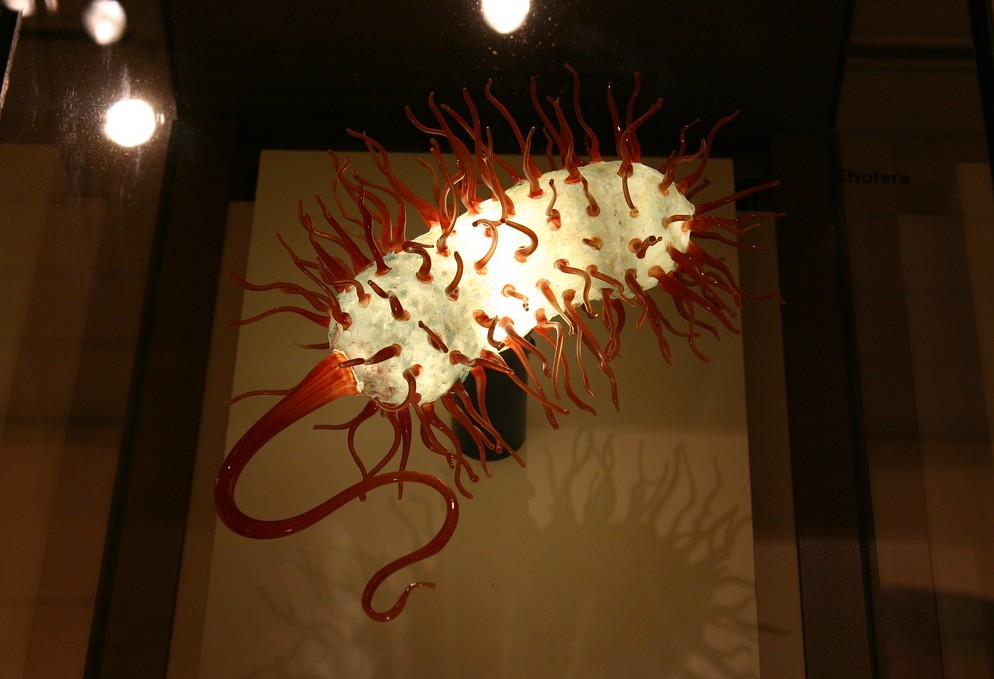
Cholera
Cholera is an infectious disease caused by the bacterium Vibrio cholerae. It affects the intestinal tract and causes severe diarrhea, vomiting and dehydration, which if not treated, can cause death in a matter of hours. Cholera is not spread from person to person, but from the use of contaminated water. This is why it is more common in places that lack of adequate water treatment, sanitation and hygiene measures. This disease affected Europe and North America during the 19th century, due to poor hygiene conditions; but now, it has been eliminated from these countries. Other regions in Africa, Asia and Latin America, however, still report cholera breakthroughs nowadays. Just last year, in the beginning of August, an alert was raised for a cholera outbreak in Mexico.
- Important notification about information and brand names used in this slideshow!
- Photo courtesy of Ryan Somma by Flickr : www.flickr.com/photos/ideonexus/4698411276/
- www.cdc.gov/cholera/index.html
- http://ocp.hul.harvard.edu/contagion/cholera.html
- http://www.who.int/topics/cholera/en/

Typhus fever
A very small insect transmits the typhus fever: the louse. This tiny animal feeds on the blood of infected persons and later on, while feeding on a second person, the louse excretes Rickettsia prowazekii, the bacterium that causes the disease. Bacteria enter into the blood stream through the wound caused by the louse and initiate the disease, which consists of high fever, coughing, muscular pain and skin eruption or rash. If not treated with the proper antibiotics, it can cause death. Typhus is more common in countries in Asia, Africa and Central and South America. One of the most important typhus epidemics happened in 1847 and was caused by a massive Irish immigration to America, during the Great Famine.
- Important notification about information and brand names used in this slideshow!
- Photo courtesy of otisarchives4 by Flickr : www.flickr.com/photos/27337026@N03/2586598863/
- www.who.int/ith/diseases/typhusfever/en/
- http://www.vdh.virginia.gov/epidemiology/factsheets/pdf/Typhus_louse.pdf

HIV/AIDS
1981 was the year when the first cases of AIDS in the U.S. where reported. During the coming years, the disease was analyzed until its cause was determined: a retrovirus. This virus can infect people through the exchange of body fluids during unprotected sex, through infected blood transfusions, from an infected mom to the fetus and through breastfeeding. The retrovirus affects the immune system of the patient, making it less effective against other diseases, so patients suffer from severe chronic infections and can develop certain types of tumors. Nowadays, HIV/AIDS is the infectious disease that causes more deaths in the whole world, despite all the efforts that are made to prevent contagion and to find a cure. It is estimated that, only in the U.S., there are currently 1.1 million people infected with HIV.
- Important notification about information and brand names used in this slideshow!
- Photo courtesy of Mark Dayton by Flickr : www.flickr.com/photos/governordayton/6847833509/
- www.cdc.gov/nchhstp/newsroom/docs/hivfactsheets/todaysepidemic-508.pdf
- http://aids.gov/hiv-aids-basics/hiv-aids-101/aids-timeline/

Polio
Poliomyelitis is a disease caused by the Poliovirus. It is extremely contagious and was eradicated from Western countries after the anti-polio vaccine was introduced. Before that, polio was a major health problem and caused several epidemics during the 1900’s. The first polio epidemic in the U.S. was registered in 1894, in Vermont. Then, in 1916 an outbreak of polio in Brooklyn N.Y. killed around 6,000 people and left thousands of others suffering the irreversible consequence of the disease, which is muscle paralysis. A very famous case of polio is the one of former U.S. president Franklin Delano Roosevelt; the disease left him with leg paralysis. Recently, only a few countries have reported cases of polio, including India, Pakistan and Nigeria, and many efforts are still carried out to completely eradicate the illness.
- Important notification about information and brand names used in this slideshow!
- Photo courtesy of ray3578 by Flickr : www.flickr.com/photos/12526838@N04/11611029144/
- www.historyofvaccines.org/content/timelines/polio
- http://kidshealth.org/parent/infections/bacterial_viral/polio.html
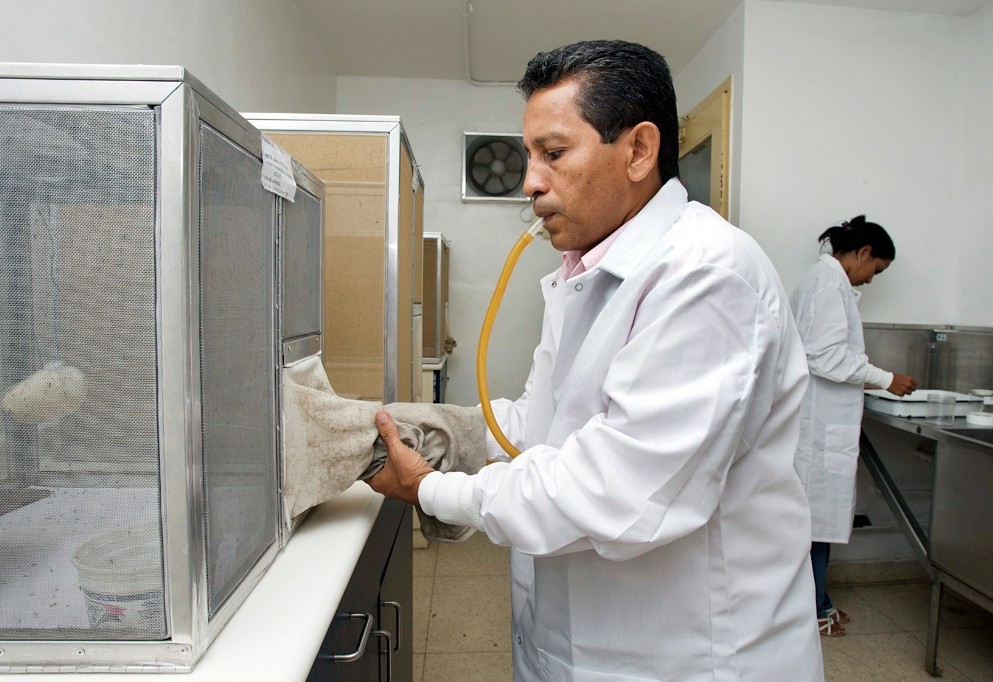
Yellow fever
A mosquito is also the transmitter if this tropical disease, which is caused by a virus that infects human and non-human primates. The illness is endemic from Africa and South America, and the cases reported in other parts of the world, including the U.S., are mainly in travelers. The disease has affected populations in these parts of the world for years, since ancient times. In 1936, Max Theiler developed the yellow fever vaccine and since then, a major anti-yellow fever program has been run in order to control the disease. Until now, this has not been possible and is still a concerning threat, even in urban areas in Africa and South America.
- Important notification about information and brand names used in this slideshow!
- Photo courtesy of PAHO/WHO by Flickr : www.flickr.com/photos/pahowho/9401197445/
- www.who.int/csr/disease/yellowfev/impact1/en/
- http://www.cdc.gov/yellowfever/
- http://www.historyofvaccines.org/content/timelines/yellow-fever


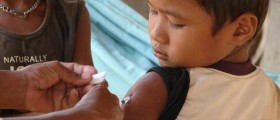
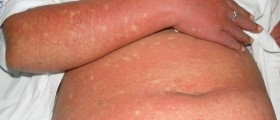


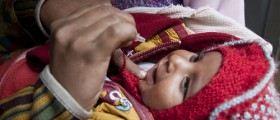
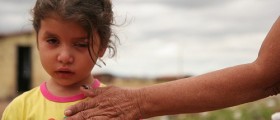
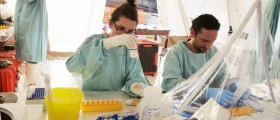


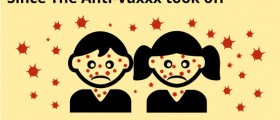















Your thoughts on this
Loading...